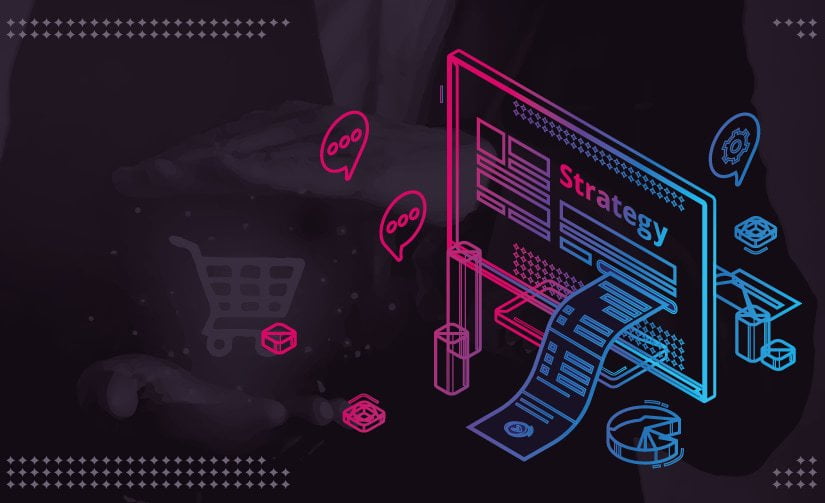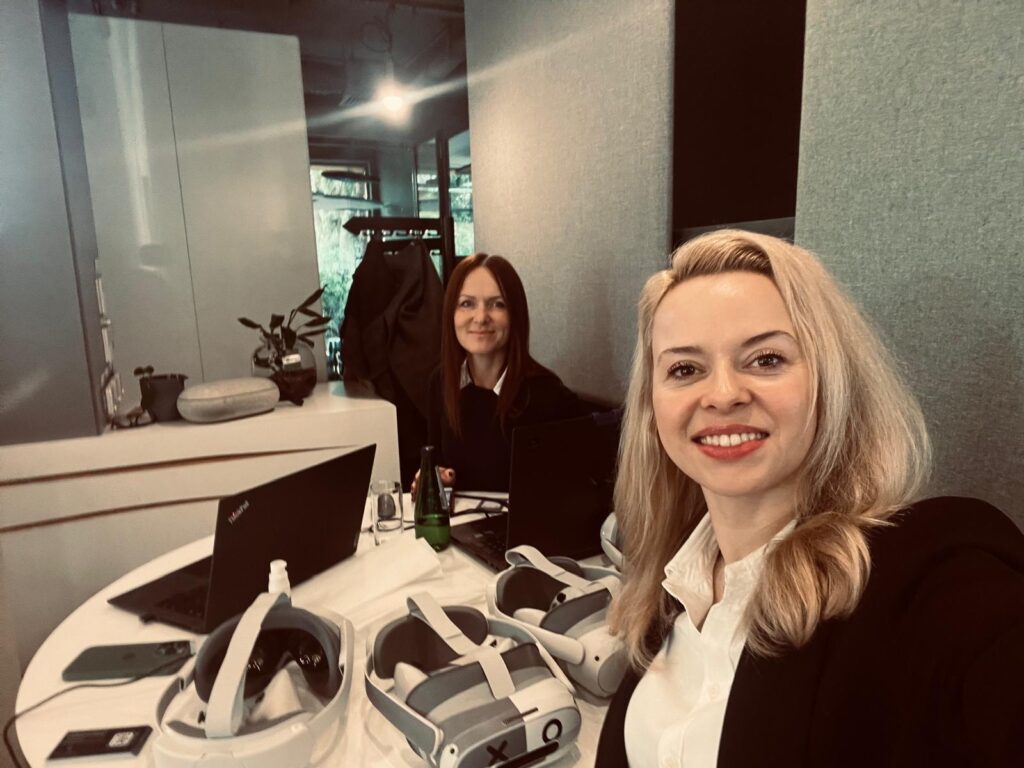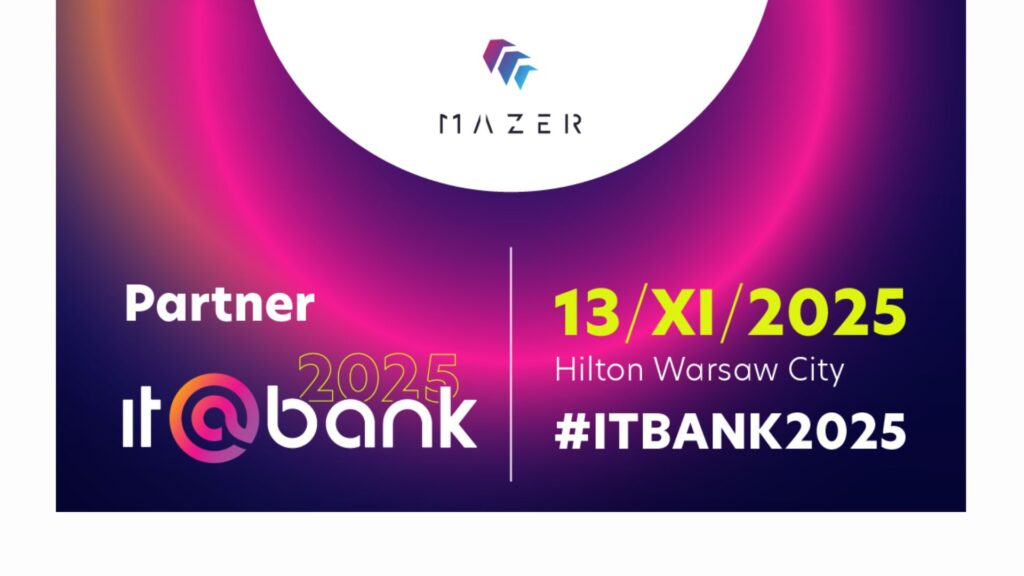Find out how Virtual Reality can enhance B2B and B2C communication
Table of Contents:
The current situation around the world, which has left many countries in lockdown and companies unable to make a profit, has forced us all to adapt in order to continue prospering. However, many companies can barely function in such conditions – unable to meet with their clients, or even organize such simple things as meetings and conferences. However, there is a salvation for the world’s industry – Virtual Reality. With VR solutions, companies can simulate scenarios that before could only be held on-location – without any actual human contact. How exactly does VR achieve that? Let’s check the advantages of using Virtual Reality in B2B adn B2c communication.
Uses of Virtual Reality in B2B
Allow your employees to create better bonds
Online communications can be useful, but it is often very limited. The engagement rate of such meetings is abysmal when compared to real-life meetings. Having to constantly remain on camera, your every interaction public for all the others to see, discourages employees to keep tight bonds and informal conversations. These problems can be easily avoided with the use of Virtual Reality in B2B. In a fully-simulated environment, your employees can feel just like they would in a real office. They will be able to physically see their coworkers face-to-face and interact with them in a casual manner. The research shows a vast improvement in engagement rate and employee communication when using VR software for meetings and collaboration, instead of holding video conferences.
Don’t let outside factors disturb your team
Sitting in front of the computer at their own homes, your employees will be constantly surrounded by tons of distracting factors that can lower their effectiveness. Moreover, traditional online meetings can quickly get exhausting, as employees feel the constant pressure of being observed at home. Virtual Reality diminishes those disturbing factors, taking your employees from their surroundings and putting them in a simulated, shared environment, without the outside world to distract them. This way, your staff can feel much more comfortable when interacting with their colleagues and bosses, increasing their efficiency and boosting their morale.
Assure smooth and effective training for new employees
Virtual Reality in B2B can be also a very efficient help in organizing training sessions and courses. The most obvious benefit of using VR for training is lowering the expenses, as you don’t have to bring all of your staff together for the training to take place. Instead, every single one of your employees, as well as the instructor, can relax at their own homes and simply put on their VR headsets – giving them access to their own secluded environment. With tons of tools at the ready, VR can easily simulate lifelike scenarios for your employees to train in. Whether you’re searching for a way to help your HR department practice recruiting and onboarding, set up a diversity training conference, or even simulate a high-risk training scenario with time pressure – Virtual Reality gives you the opportunity to do it all.
VR in B2C communication – how to use this technology
While Virtual Reality has tons of uses for B2B communication and inner company workings. VR in B2C communication is still mostly unexplored. However, Virtual Reality and Augmented Reality have already proved themselves to be an effective communication channel for reaching clients. You can allow your clients to browse your products without having to leave their homes using VR. Furniture stores have started utilizing AR to allow their customers to see how exactly a specific piece would look in their homes. In a similar fashion, the beauty industry makes use of AR to apply beauty products to their clients’ faces virtually, allowing them to preview how it’s going to look.
Read also: The Benefits Of Using VR As A Communication Channel For Businesses.

Author: Rafał Siejca
Rafal has over twenty years of corporate experience, including roles at Millennium Bank, Comarch, and leading software teams at PZU, one of Europe’s largest insurance companies. As one of Poland’s few true VR experts with a decade of experience, he ensures timely, high-quality project delivery as CEO and CTO.










